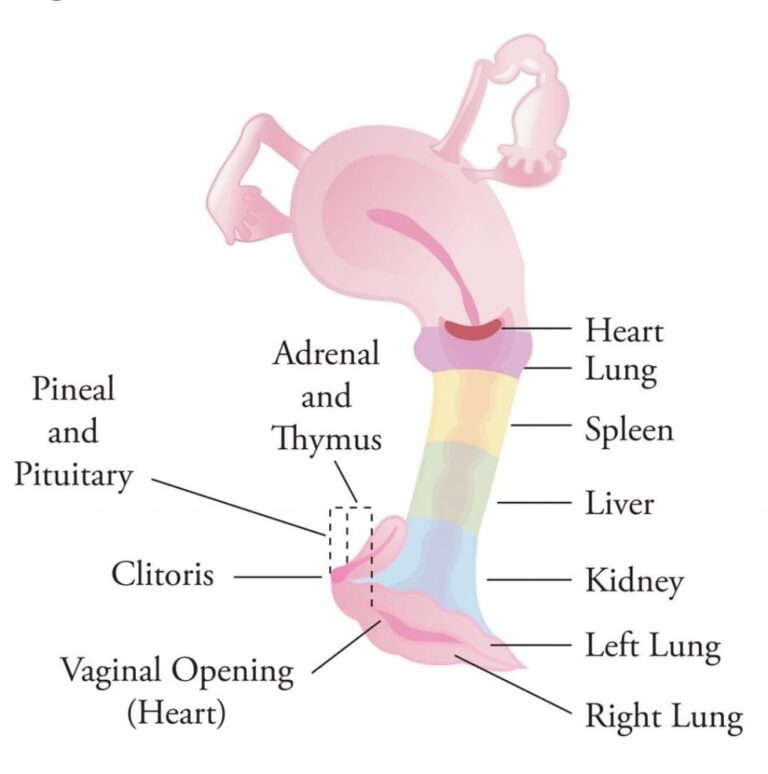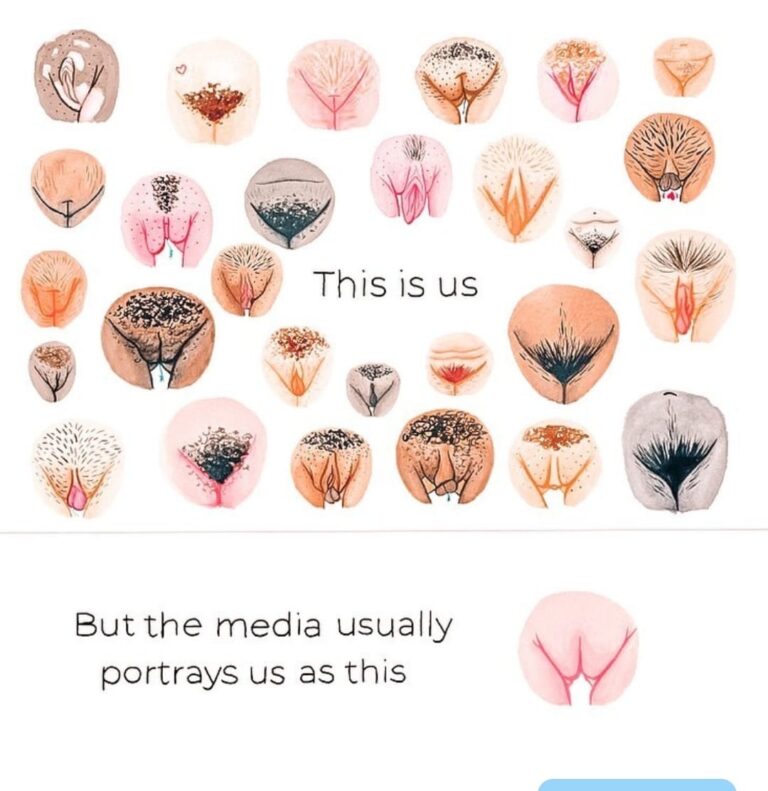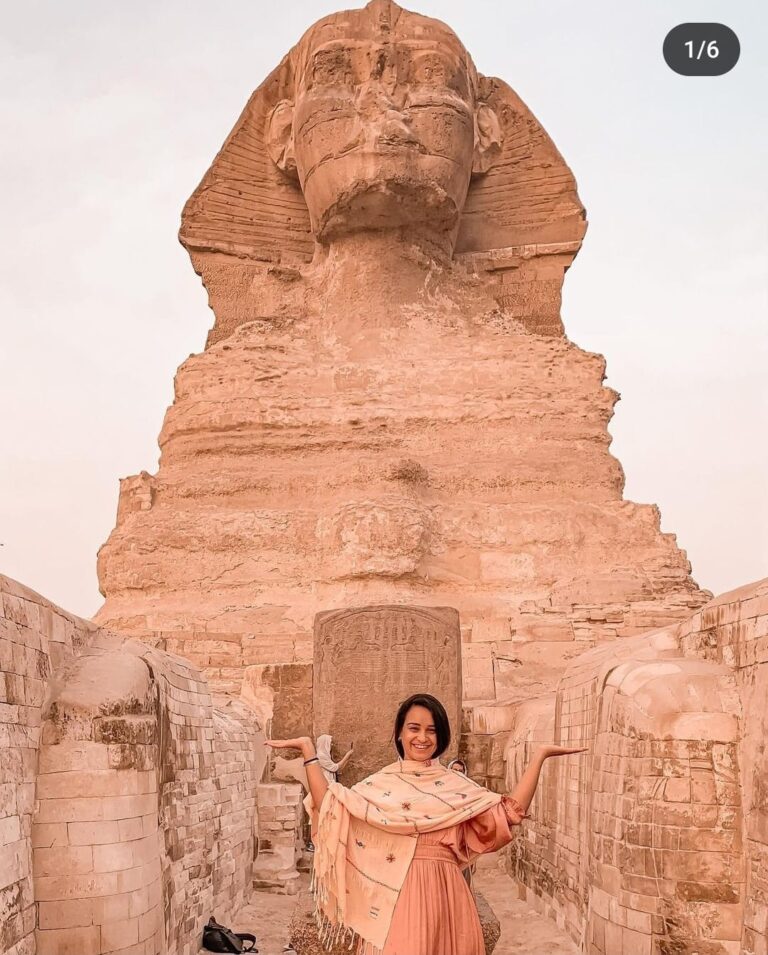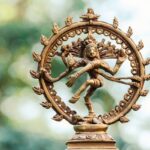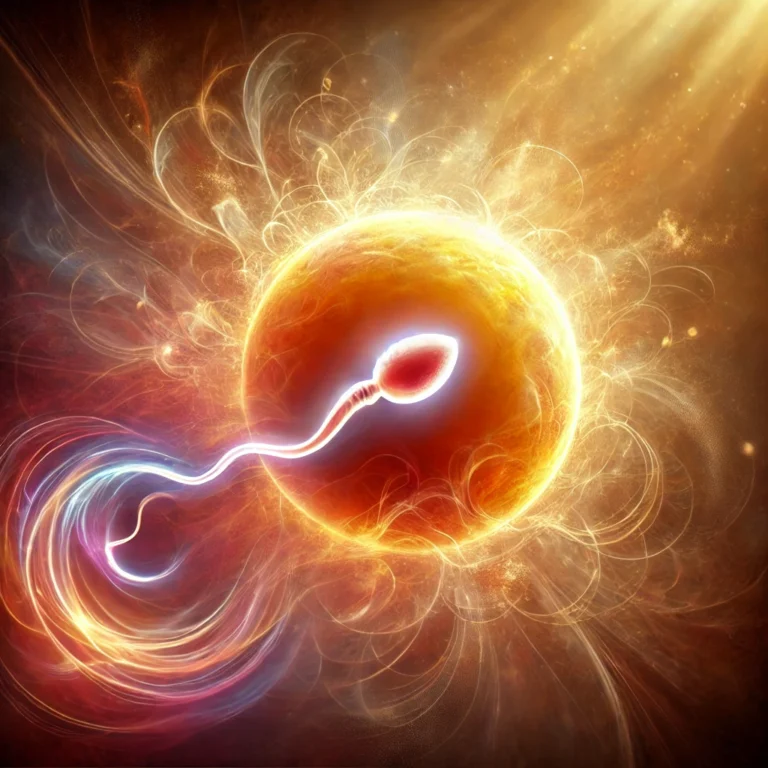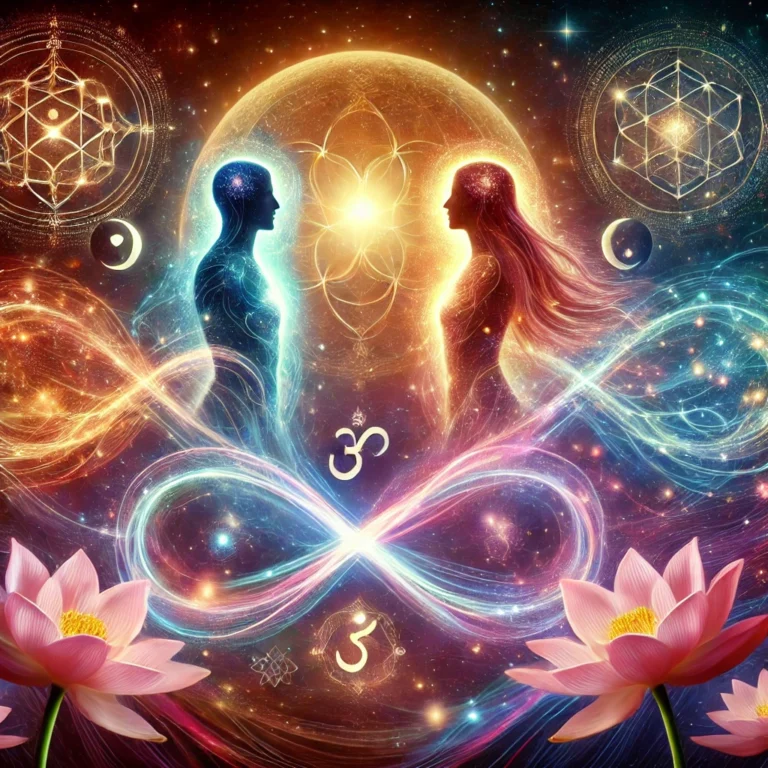The word Tantra has several meanings: “Tan” – which means expansion, stretching, extending and “tra” – liberation; it also means weaving, fabric, plot or web, so the meaning of the word refers us to the web of life and the vision of unity, since the Universe is a fabric where everything is interrelated in a continuous process. Thus, Tantra is nothing more than an instrument for expanding common consciousness, to reach the supraconscious.
Within Hindu spirituality, in addition to expanding consciousness and freeing the primal energy of the human being, called kundalini, the principle common to all practical paths of Tantra is that experiences of the material world can be used as a lever to achieve enlightenment, since this is the manifestation of another reality, subtle and superior, which is connected to our own nature.
To achieve these goals, Tantra scholars maintain that all means within the reach of the human being are valid for inner growth, regardless of the situation in which each one lives.
In this sense, given that Humanity is experiencing a period of crisis of values, violence and conflicts, called Kali Yuga, this teaching is intended for those who seek enlightenment, despite being born in the current era, which does not favor the achievement of this goal. Tantra is the name of a philosophical movement that shares its main premises with the philosophy of Yoga, a legacy and heritage of the culture of the Indus and Sarasvati rivers. The cult of the Great Mother has been present in India since the Neolithic era (8000 BC), but the same symbols that Tantrism uses today date back to the Paleolithic era (20,000 BC) and have always been present throughout the Eurasian continent. Tantra would therefore be a behavioral philosophy with matriarchal, sensorial and de-repressive characteristics. Essentially, the practice aims at the integral development of the being in physical, mental and spiritual aspects. Tantra today encompasses a wide variety and diversity of beliefs and practices, almost always antagonistic to each other and full of contradictions. Tantra is a system of conceptualization of the universe, a way of explaining why existence exists and how it works. Just like the Vedas.
Tantra literally means fabric, warp; it can be translated as ‘spreading knowledge’ or ‘the right way to do anything’, treaty, authority, extending, multiplying, continuing. Tantra seeks to answer the question of how One can become many, or how the ultimate reality, which is singular, can give rise to the countless objects that we perceive through our senses.
Tantra does not belong to the orthodox Hindu tradition, since there is no darshana with that name. Its vision of the world is a heritage and synthesis of aboriginal India and Vedic India, much older than Western scholars of the 19th century imagined. It is a way of seeing life and each of its aspects.
In primitive non-warlike societies, where culture was not centered on war, women were highly exalted and even deified, as they gave life to other human beings
Hence, the matriarchal quality. From this quality unfolds the sensorial quality (“the mother gives birth through her womb and feeds the child through her breast) and the de-repressive quality, with the mother being more affectionate and liberal than the father, because the child was born from her body and nature itself, normally, has the male as more aggressive.
Based almost entirely on the worship of Shiva and Shakti, tantra envisions the ultimate Brahman as Param Shiva, manifested through the union of Shiva (the active, masculine force of Shiva) and Shakti (the passive, feminine force of his wife, also known as Kali, Durga, Parvati, and others). It is centered on the development and awakening of the kundalini, the “serpent” of fiery energy, of biological nature and energetic manifestation, located at the base of the spine that ascends through the chakras until samadhi is attained. One of these ways is to achieve the union between Shiva and Shakti, also known as Unyo Mystica. In Tantra, unlike most spiritualist philosophies, the body is seen not as an obstacle but as a means to knowledge. For Tantra, the entire human complex is alive and has consciousness independent of the central consciousness and is therefore worthy of attention, respect and recognition. To this end, it uses mantras (vocalization of sounds and ultrasounds in Sanskrit), yantras (geometric figures, from simple to complex, such as mandalas, for example, which represent the various forms of Shakti) and rituals that include forms of meditation.
According to some authors, tantra is composed of two branches called the “left hand” and the “right hand”. Although the general objective of both is the same, the processes used differ. The “left hand” is often linked to the search for hidden powers and the extroversion of psychic energy in the form of supra-normal capacities. The “right hand” is linked to the channeling of all energy for the spiritual elevation of the human being.

When combined, somatic sexology and womb medicine create a holistic approach to sexual and reproductive health, often empowering individuals to reclaim their bodies, heal from trauma, and foster a deeper connection with their own sexuality and creative life force. This integrative practice can be particularly beneficial for those dealing with issues like sexual dysfunction, menstrual irregularities, fertility challenges, or trauma related to childbirth, sexual abuse or abortion.
Self-knowledge is a chain of information about ourselves, and as we delve deeper into ourselves, we expand the way we connect with our source of inspiration and vitality.




